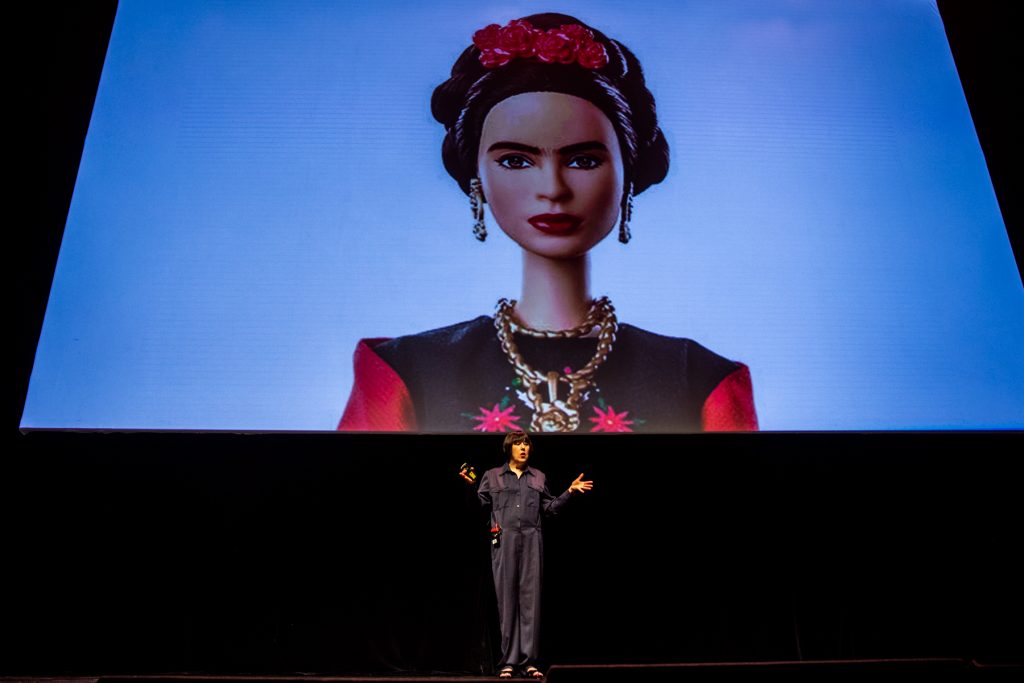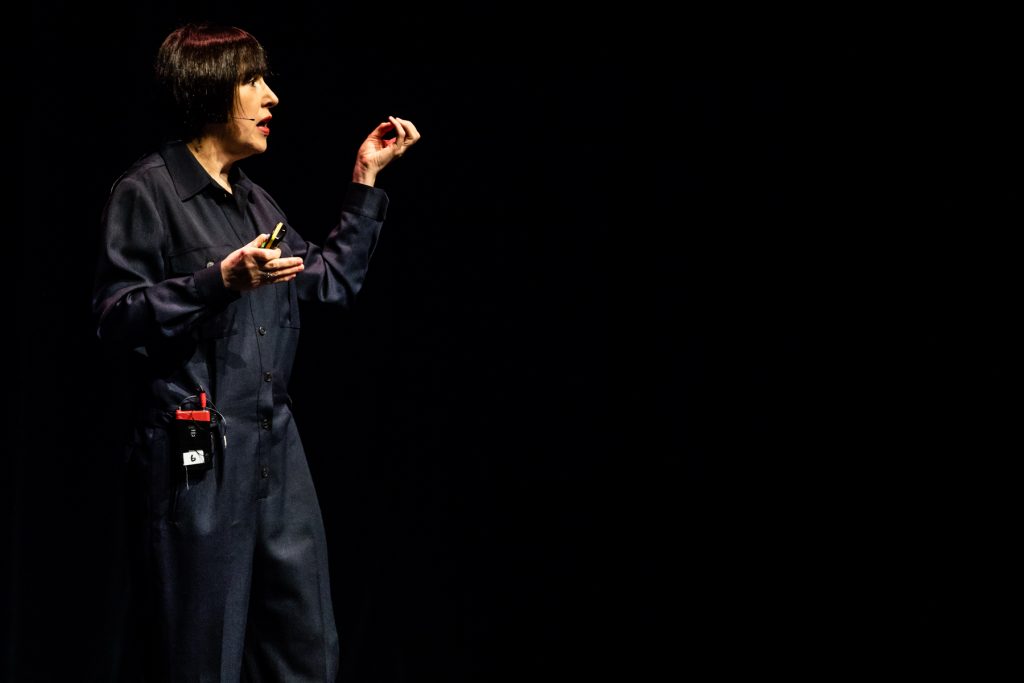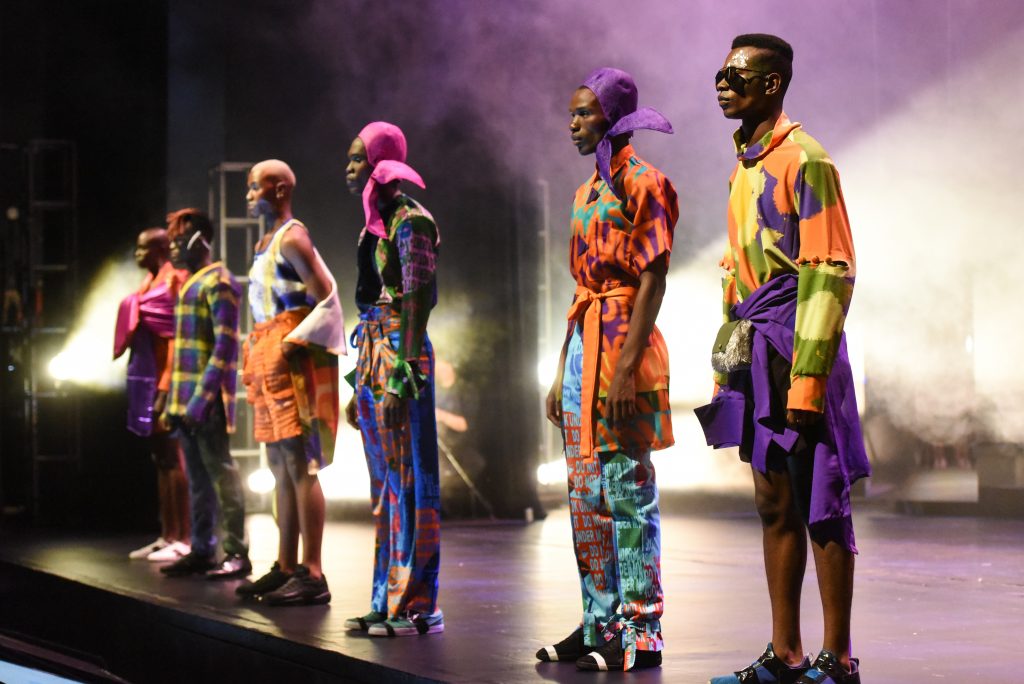Design Indaba 2019: Alice Rawsthorn on “Bad” Design
The critic encourages seeing offensive, ugly and impractical approaches as lessons

For 24 years, Design Indaba has remained one of the most exciting events to attend and learn about creativity. Three days of conferences, lectures, workshops and exhibitions introduce audiences to concepts, philosophies and innovations pertaining to design. This year, Alice Rawsthorn—journalist, design critic, and author of books Hello World and the recent Design as an Attitude—spoke at the event in Cape Town. She chose to dig into the (sometimes hilarious, sometimes offensive) effects of bad design. Her talk made us think about what we know—or what we think we know—about poor design decisions.
While “good” and “bad” design is subjective, Rawsthorn made a very precise list of the kinds of projects that clearly show what designers should always avoid. Through these examples and many witty words, she listed cases of design that is useless, pointless, lazy, thoughtless, ominous, untrustworthy and offensive—a checklist that any designer should keep in mind. We spoke with Rawsthorn about these various types of “bad” design and how we’re already making strides to prevent it.

Thank you for making bad design something spectacular and refreshing. Probably all design students should be informed about this.
I think it’s particularly important for the public, too. I completely understand why we write and speak about good design that’s inspiring and innovative—we love hearing about those wonderful projects and seeing them in action—but actually bad design is equally, if not more, common. And, of course, it has huge potential to damage, disrupt, destroy, distress and unsettle, so it’s best avoided and we can’t do this unless we try to understand.
Is there a simple way to learn how to identify bad design before it’s too late?
Sadly, there isn’t a quick way, because what is bad design to one person might not necessarily be to another. One example would be anti-homeless spikes. In the traditional definition that good design fulfills its function and mission, an anti-homeless spike is a fabulous example of good design because it makes it so uncomfortable for a homeless person to rest or sleep in a specific area. But of course from a moral perspective it looks different. Arguably if you’re the owner of an expensive apartment in a fancy neighborhood, you might not want the so called “undesirable people” to be around there, because you want to protect the value of your property. So you may consider an anti-homeless spike to be a brilliant design solution, whereas to the rest of us it is repulsive.

How do you think we should approach design history—in terms of “good” and “bad” design?
History should be seen as a cautionary tale, so we can learn from the failures as well as the successes. In general, one of the really positive developments in design in recent years has been an upsurge of interest in design history. And, of course, history is constantly revised and rewritten so what was considered historically desirable and important 20 years ago, isn’t necessarily considered to be those things now. I think one of the very exciting developments is there’s much more understanding of design as a political activist tool and an understanding of radical and maverick designers—Buckminster Fuller, László Moholy-Nagy, Louise Brigham. Their works are seen as increasingly exciting, inspiring and influential, we have a much more rounded understanding of it and I think that’s good. To copy it slavishly would be as foolish as young designers slavishly copying the styles of past periods, but I’m personally passionate about history. And so I think that the more sophisticated the understanding of it is, the more sophisticated and effective contemporary design culture is likely to be.
I think it’s actually the risk of discovery that’s going to be the antidote to offensive design.
In the various forms of bad design that you have pointed out, offensive design is surprisingly common—especially when it comes to recent mistakes made by big fashion houses.
Actually fashion brands, and all sorts of other brands, have been guilty of reinforcing through design the racist, sexist and homophobic stereotypes—intentionally or unintentionally—for as long as I can remember. I think the difference today is that more people know about it. For example, the now notorious Gucci “blackface sweater” actually had been on sale for several months before the Twitter-sphere went into a frenzy about it. How Gucci didn’t realize how deeply distressing and offensive that was before—I have no idea. But the fact that they were named and shamed and they immediately apologized, I think that’s what’s new. I think it’s actually the risk of discovery that’s going to be the antidote to offensive design.

As per the title of your last book, Design as an Attitude, what do you feel is the right attitude to move beyond bad design?
I think to be on alert for bad design, and to basically treat design—as every other aspect of life—as a learning experience. One of the examples I use to describe bad design is PredPol, a crime prevention software. That was designed with good intentions to clamp down on crime and to enable US police forces to do so less expensively, more efficiently and more promptly. The fact that the whole system was predicated on historic data that simply reinforced stereotypes and problems was a major design flaw. I think it’s essential—given that AI-powered software is going to affect more and more of our lives and future—that we’re super-aware of the downside, rather than simply looking at the potential upside and being rather dazzled by it.
Images courtesy of Design Indaba












